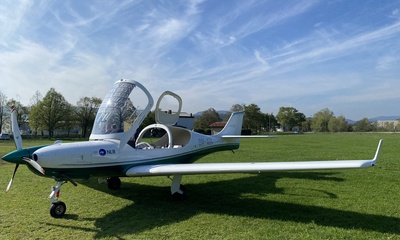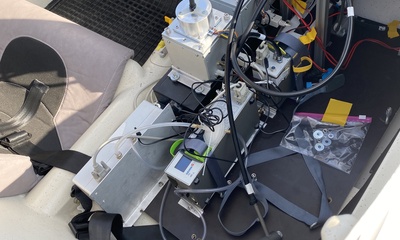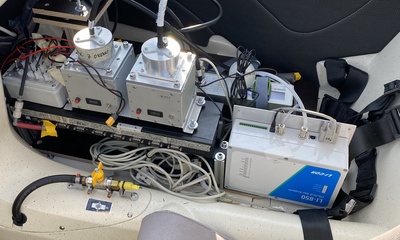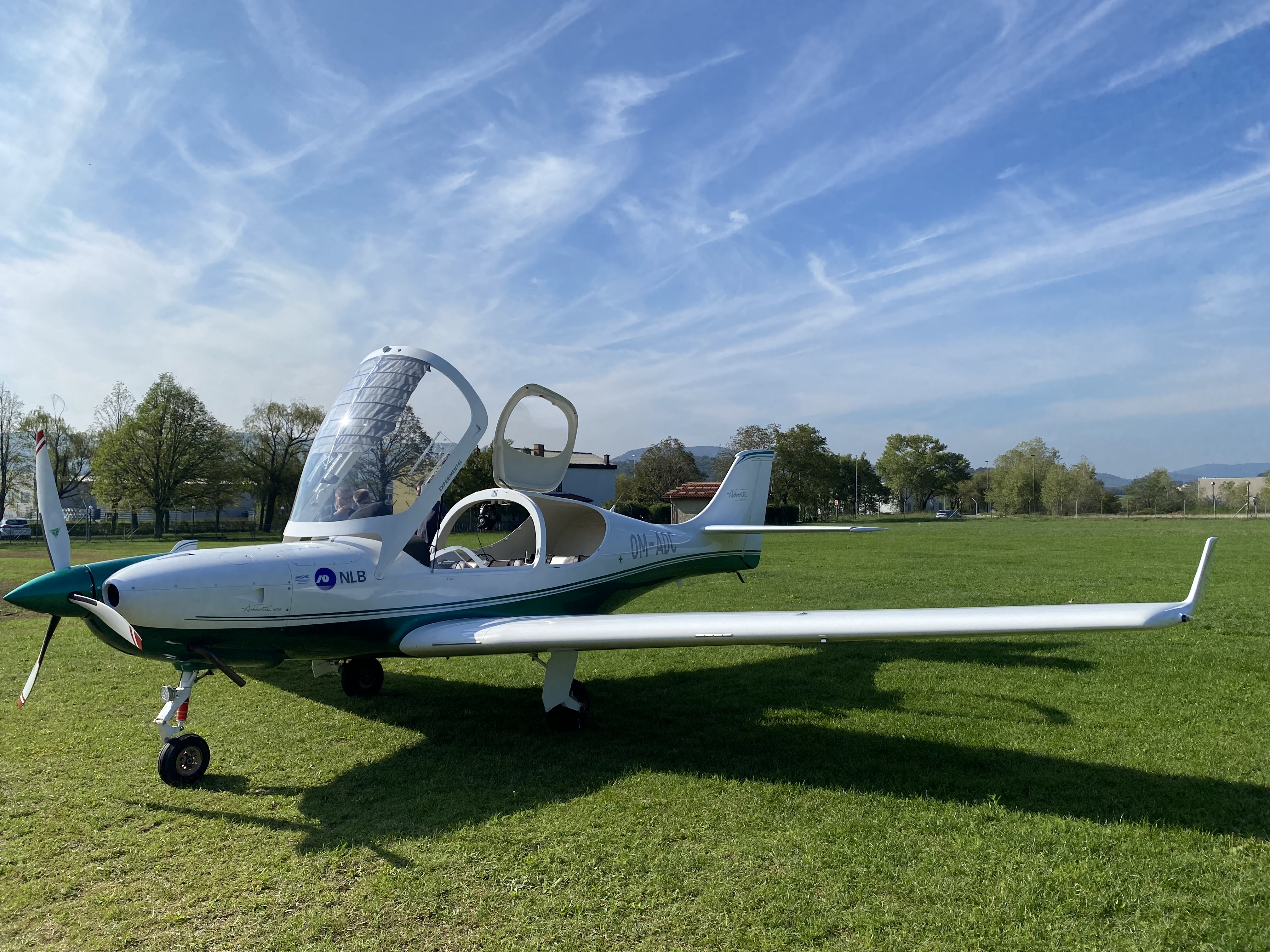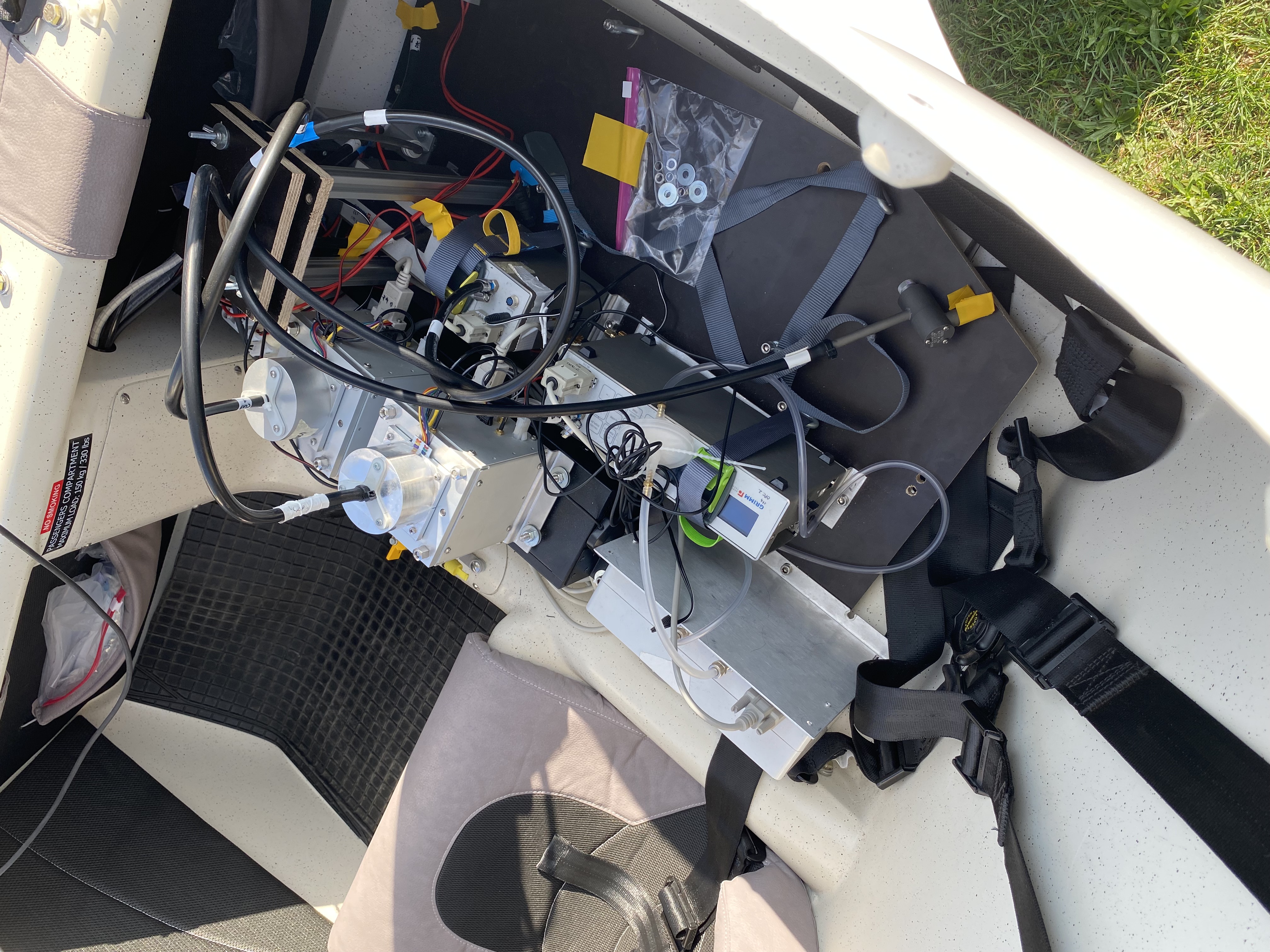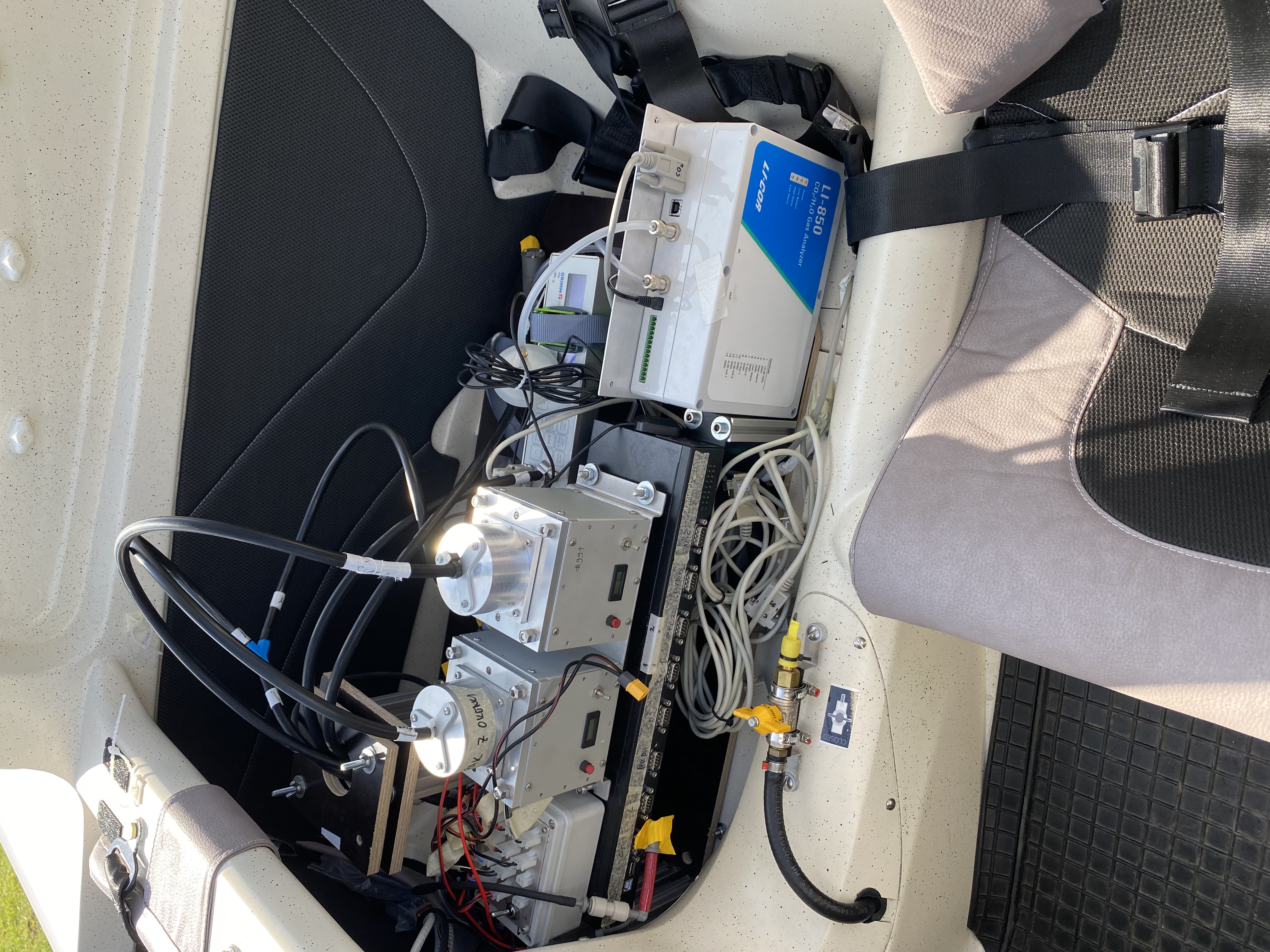Research on aerosols in the atmosphere over the tropical Atlantic
This September, the Centre for Atmospheric Research of the University of Nova Gorica again participated in the research on aerosols in the atmosphere over the tropical Atlantic.
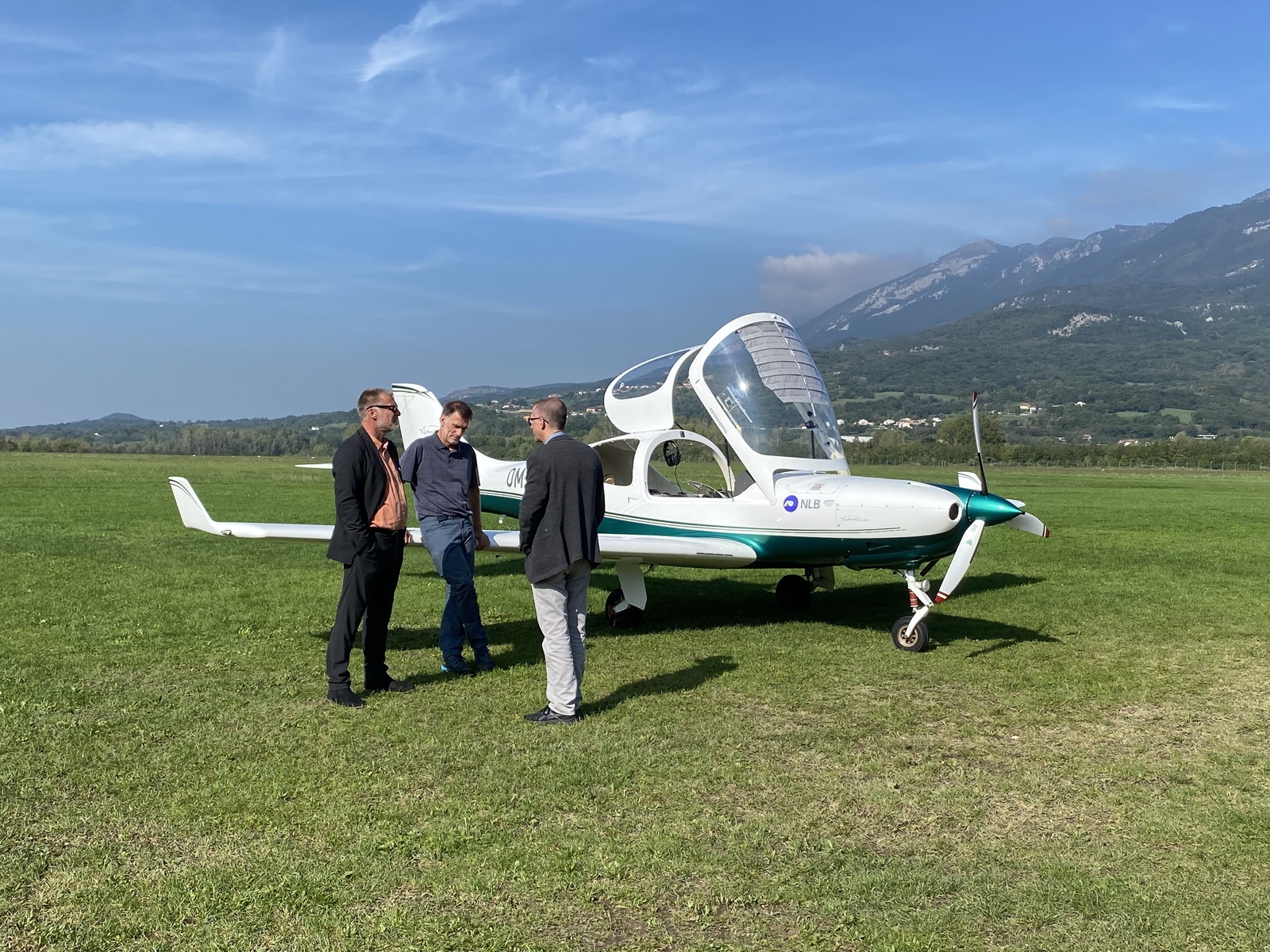
Prof. Dr. Griša Močnik, Head of the Centre for Atmospheric Research and Dean of the School of Environmental Sciences of the University of Nova Gorica, said that together with the European Space Agency and NASA, they have been investigating the impact of aerosols on atmospheric warming and the formation of weather systems over the tropical Atlantic. “The objectives of this campaign were twofold. The whole campaign was funded by the European Space Agency, as our measurements were used to calibrate their Aeolus satellite, which measures wind speed from space. Furthermore, we measured how these particles in the air affect the climate.”
As explained by the pilot and researcher of climate change Matevž Lenarčič, flight conditions were relatively challenging: “We had to fly over an area with a lot of sand in the air. If there is a lot of sand, visibility is poor and flights depend on instruments. What is more, we were located on the island of São Vicente, which is quite mountainous, so the winds were causing us quite a few a problems.”
It will take some time to process all the data and research will also involve doctoral students and postdoctoral researchers of the University of Nova Gorica.
“Nature keeps surprising us. We expected these sand clouds to be very homogeneous, and it turns out that they are; sometimes they are very homogeneous. This is useful if you want to calibrate a satellite, as you have a well-defined and simple sample. However, sometimes the Saharan sand layers are not homogeneous and the Saharan sand layers are separated by layers of clean air, which is a very complex situation. This is more interesting from the viewpoint of science. We have been able to measure situations that are useful for both of the objectives that we have set”, said Prof. Dr. Močnik about the initial findings.
The Rector of the University of Nova Gorica, Prof. Dr. Boštjan Golob, emphasised that nowadays every serious institution or university is at least partially involved in climate research or climate change research. “Be that with data analyses or in any other form. The University of Nova Gorica is fortunate to have the equipment, the human resources and the cooperation with Matevž Lenarčič to be able to obtain some of these data on site. This is an important detail that gives us the opportunity to be more active in this research and, secondly, we hope, like everyone else, that society will understand that these modern challenges of climate change will not go away on their own without science.”
Participating organisations: UNG – University of Nova Gorica, Haze Instruments d.o.o., Aerovizija d.o.o. (all Slovenia), NASA – CPEX-CV, ESA – European Space Agency, National Observatory of Athens (Greece) – ASKOS, University of Miami and University of Washington (USA), TROPOS Institute (Germany).
Andreja Leban, Public Relations
